Credit hurdles to trip up foreign-backed projects
 |
| Some giant projects may not be able to quench their thirst for capital locally due to the lending limit for foreign bank branches |
According to the Law on Credit Institutions, effective from January 1, 2011, a foreign bank branch and a locally incorporated bank will no longer provide loans to a customer exceeding 15 per cent of its own equity.
The regulation aims to control banking system risks, but the lending limit means that foreign investors will find it difficult to receive funds for their direct investment projects in Vietnam.
“This is a troublesome regulation and a danger. In other words, foreign bank branches can provide $1-$2 million in credit to a single client instead of providing $50 million, as they could before,” said Le Xuan Nghia, vice chairman at the National Financial Supervisory Committee.
“Net foreign direct investment (FDI) flowing into our country may decline this year because of this lending limit,” he told VIR.
Locally incorporated foreign banks and foreign bank branches are major lenders to FDI projects in Vietnam where foreign investors have registered to pump in around $200 billion since the country opened its door to FDI in 1986. Official statistics show that FDI disbursement in 2010 was about $11 billion, a 11 per cent jump compared with 2009. The committed capital last year was $18.59 billion, down 17.8 per cent against 2009.
The government expects to lure at least $11 billion in implementation capital in 2011.
But Nghia said the lending limit would have a negative impact on the implementation of FDI projects in Vietnam, as many investors could not borrow enough funds from locally incorporated banks or foreign bank branches in Vietnam.
In a proposal sent to the government last year, Taiwan’s Formosa Plastic Corporation complained that it could not develop its $8.9 billion steel and port complex in Ha Tinh province due to this lending limit.
According to Formosa, the investor had only $2.7 billion and needed to borrow about $6 billion during 2011-2013 to implement the project. That meant that Formosa had to borrow $2 billion on average each year, but the group said that foreign bank branches in Vietnam could not provide funds for its project if they implemented the lending limit.
Nghia said that all foreign investors wanted to borrow funds from locally incorporated banks and foreign bank branches in Vietnam. If they mobilised funds from banks outside Vietnam, it would take a long time due to complicated procedures.
“In some cases, investors could not transfer money into Vietnam due to complicated and unreasonable administrative procedures,” he said.
Chu Chun Fan, a representative of Formosa in Hanoi, admitted that mobilising funds from banks outside Vietnam was more difficult and costly than mobilising funds from foreign bank branches within the country.
“As a foreign bank branch is a dependent branch of the parent bank, this limit should be determined in accordance with the equity of the parent bank whose capital adequacy is controlled by the capital requirements of the host country,” said a representative of the Vietnam Business Forum’s banking group.
What the stars mean:
★ Poor ★ ★ Promising ★★★ Good ★★★★ Very good ★★★★★ Exceptional
Related Contents
Latest News
More News
- Ninh Thuan charms industrial development investors (November 21, 2024 | 12:21)
- M&A prospects bright in many sectors (November 21, 2024 | 11:54)
- M&As working in tandem with health development (November 21, 2024 | 11:29)
- Slow disbursement hinders ambitions (November 21, 2024 | 09:00)
- Mitsubishi Estate launches Logicross Hai Phong - a milestone in logistics evolution (November 20, 2024 | 14:32)
- Semiconductor workforce partnerships deliver industry-relevant training (November 20, 2024 | 10:58)
- German Quickpack to invest $31.7 million in Long An province (November 20, 2024 | 09:31)
- Foreign-invested enterprises drive logistics investment in the southeast region (November 20, 2024 | 09:27)
- Chile visit underscores trade benefits (November 19, 2024 | 10:00)
- Trump’s second term impacts sci-tech activities and industry 4.0 technologies (November 18, 2024 | 10:00)


 Tag:
Tag: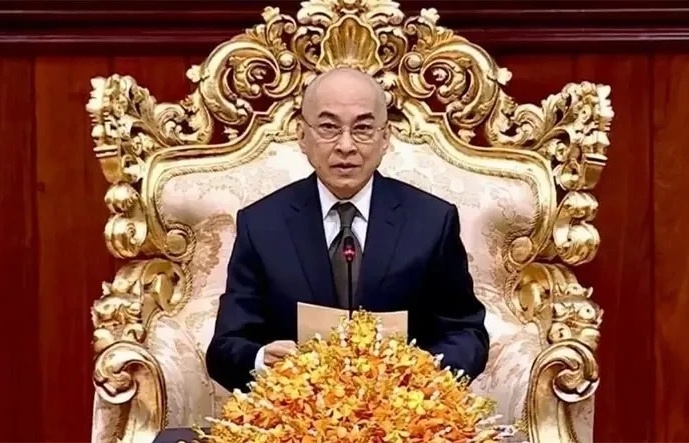

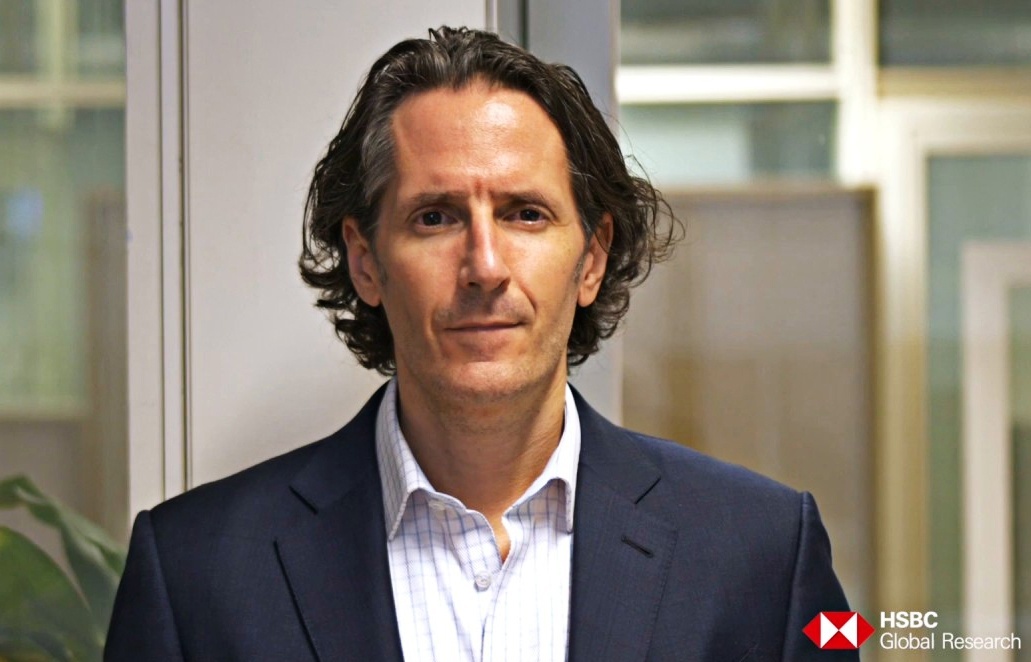

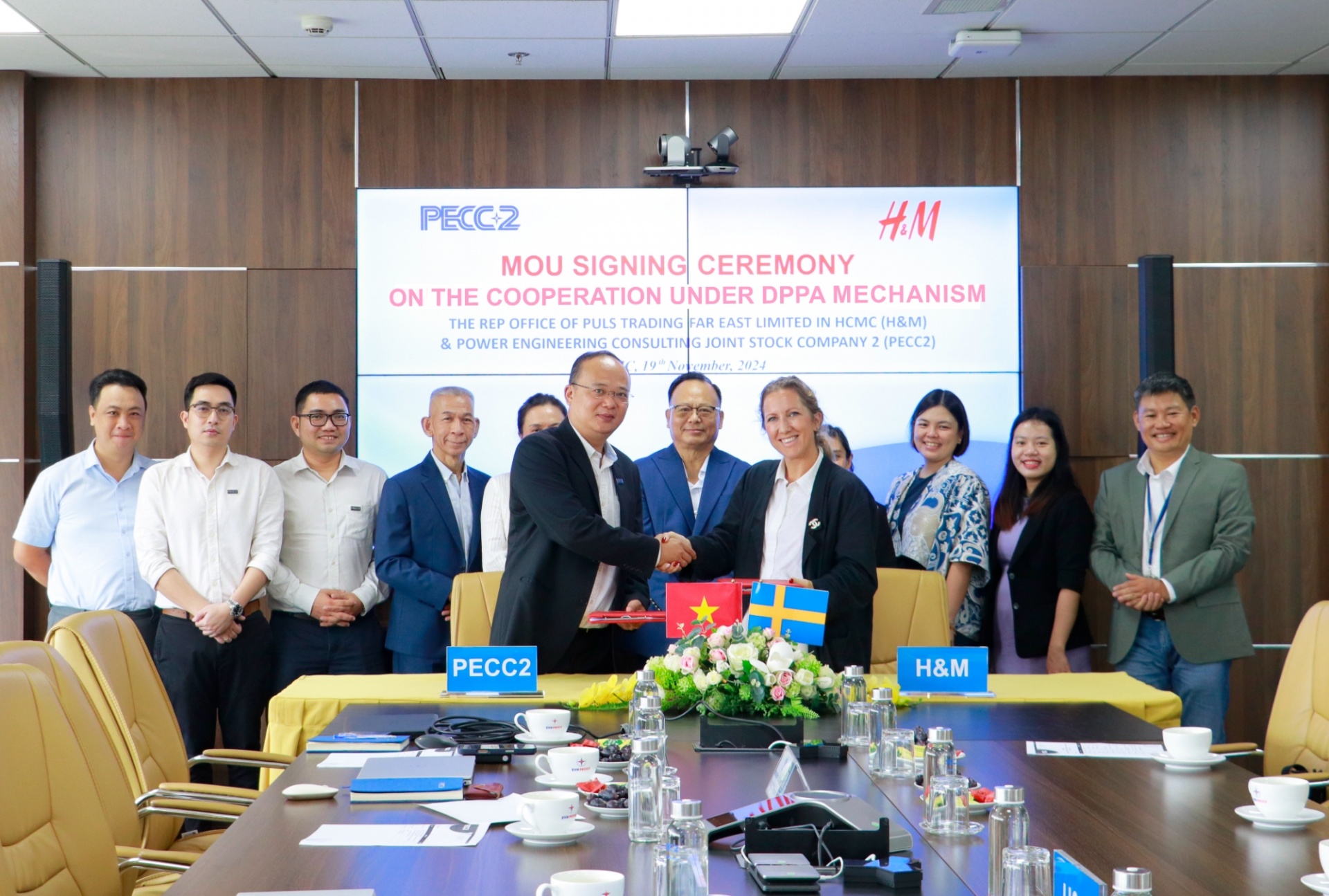



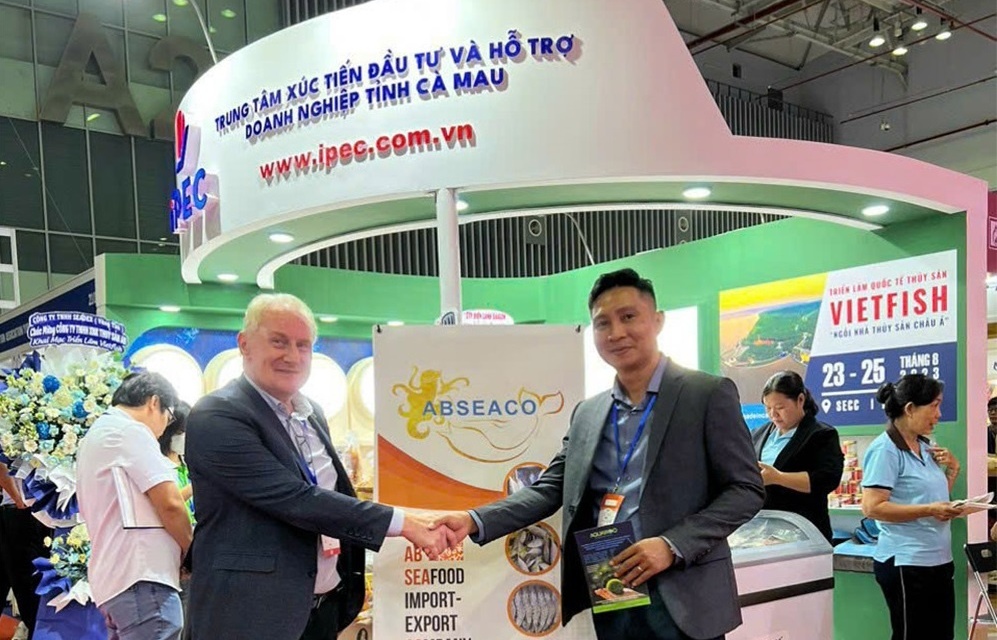





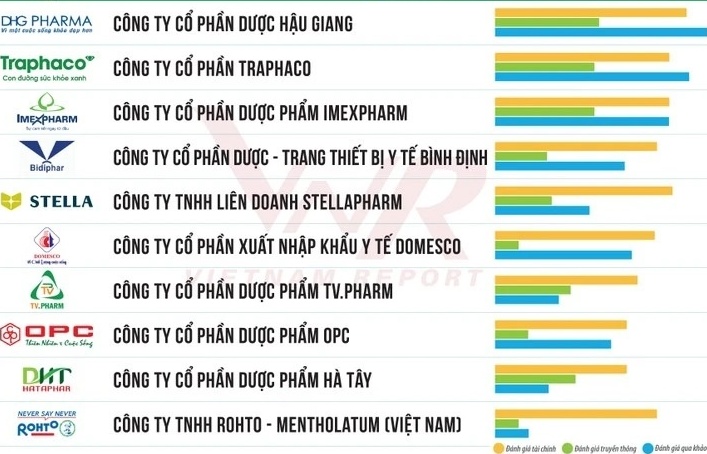
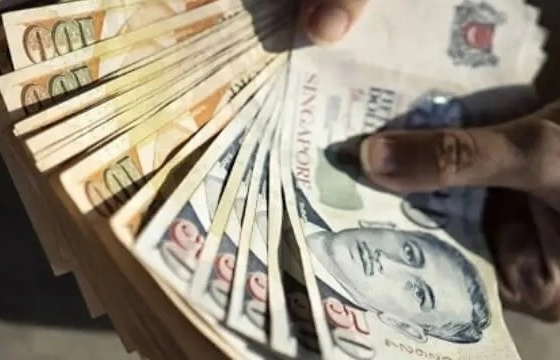




 Mobile Version
Mobile Version